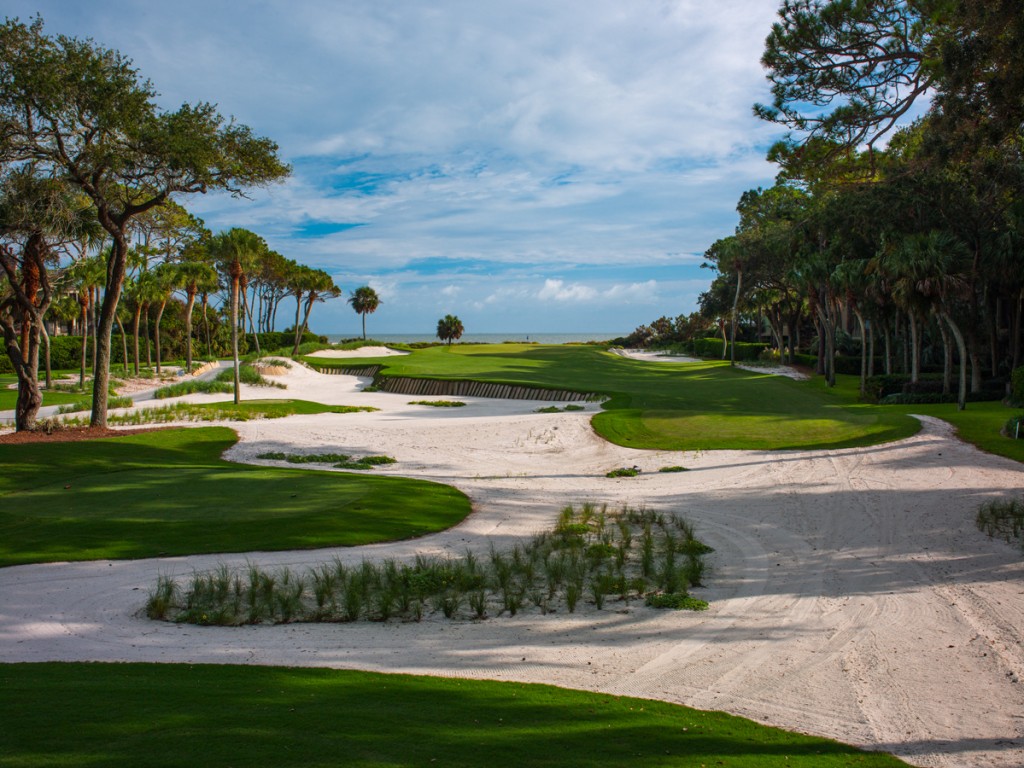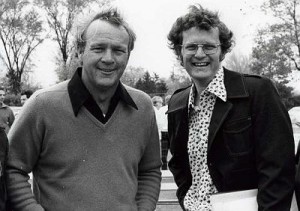I never quite understood this.
October, with its generally milder temperatures and beautiful color changes, is in many ways the best month of the year to play golf. Plus, with school back in session, the courses aren’t as busy as they are from June through August. Still, interest seems to be on the downside with the tournament schedules for both the Illinois PGA and Chicago District Golf Association rapidly winding down and the Western Golf Association’s events completely over.
Even the PGA Tour targets a September climax to its wrap-around season and the LPGA plays out of the United States from mid-September all the way through the end of October.
This year, though, that trend might be changing. Globally, the Ryder Cup carries two days into October and there’s an even more obvious reason for renewed interest in late fall golf. Tiger Woods has scheduled his latest return to tournament golf for the first event of the 2016-17 PGA Tour season – the Safeway Open (formerly Frys.com Open ) at Silverado in Napa, Calif., from Oct. 13-16. Phil Mickelson has entered, too, so that event will perk up golf’s “off-season.’’
Locally things are changing as well.
That’s mainly due to the Illinois PGA, which will conclude Carrie Williams’ first season as executive director with three significant October events. The IPGA has always played the last of its four major championships in October, and this year’s IPGA Players Championship at Eagle Ridge, in Galena, will be played Oct. 3-4.
More often than not the IPGA player of the year is decided at Eagle Ridge, and it certainly will be this time. The IPGA Players doesn’t fit into the schedule of the section’s best player, University of Illinois coach Mike Small. He’s second in the section’s Bernardi Points standings thanks to steady play in his one-tournament-a-month routine.
Small tied for first in the first stroke play event at Crestwicke, in Bloomington, in April. He won a stroke play at Onwentsia, in Lake Forest, in June; was sixth in the Illinois Open in St. Charles in July; and won the IPGA Championship for the 12th time at Olympia Fields in August.
Now he’s all about coaching again, though he did give a glimmer of things to come when he played in the Illinois Senior Open at McHenry Country Club in September. Small just turned 50 and that made him eligble for senior and Champions Tour events.
“I’ll play there a bit more in the future when time and my schedule allows me to,’’ said Small after the announcement of his new six-year contract to continue as the Illini coach was announced. “I still like to compete, and playing is a nice way to clear my head once in a while when I need it. But I’m a coach first and a player second. That’s what it’s been for 15 years and that’s what it’ll be going forward.’’
That leaves the IPGA Players Championship as the tournament where the rest of the club pros will fight it out for player of the year. Medinah teaching pro Travis Johns leads the Bernardi Points race going in – he’s even ahead of Small after finishing in a tie for second at the IPGA Championship. Right on his heels is Curtis Malm, the head professional at White Eagle, in Naperville.
Johns was player of the year in 2010 and 2014 and Malm won in 2012 and 2013. They played with Small in the final threesome at the IPGA Championship and Malm also finished as a joint runner-up at Olympia Fields.
Kyle Bauer, the head pro at Glen View Club, won the first of the year’s majors – the IPGA Match Play Championship at Kemper Lakes in May. He’s fourth in the Bernardi Points race while last year’s player of the year, Mistwood teaching pro Brian Brodell, is seventh. They’ll at least have a better chance at player of the year than the Illinois Open winner. Carlos Sainz Jr. won that title, but he’s a touring pro and thereby ineligible for the section’s top playing accolade.
All the others will be in the mix for the coveted player of the year award at the IPGA Players Championship, but even that one won’t wrap up the section’s big events for the season. The Royal Cup matches, pitting the top 10 Illinois assistant pros against their counterparts from Wisconsin, is on tap for Oct. 7 at Big Foot, in Fontana, Wis. It’s not the Ryder Cup, but still meaningful for those involved in one way or another.
Another deserving climax to Chicago area tournament play will also be provided by the Illinois PGA. Its Senior Players Championship will be played Oct. 17-18 at Old Elm in Highland Park with just the top 30 in the IPGA senior season’s point race eligible. That event will likely determine the section’s senior player of the year, though Ivanhoe’s Jim Sobb has a comfortable lead with only Mistwood’s John Platt a threat to catch him.
Sobb has been senior player of the year six times in the last nine years, winning back-to-back in 2007-08, again in 2010-11 and still again in 2014-15. He’ll be going after an unprecedented three-peat this October.
And then there’s the World SpeedGolf Championship, which will be played for the second time at The Glen, in Glenview, on Oct. 18-19. It’ll be interesting as well.
All those scenarios aside, the most impressive local tournament showing of the year won’t be matched in the October events. At least not in my book.
In fact the best tournament showing by a local player, professional or amateur, in my nearly 50 years covering golf in these parts was by Northbrook’s Nick Hardy in the Illinois State Amateur at St. Charles Country Club. Getting ready for his junior year at the University of Illinois, Hardy covered the 72 holes in 28 under par and won by 10 strokes. I don’t expect to ever see such a dominant performance at the local level ever again – but then, who knows?










